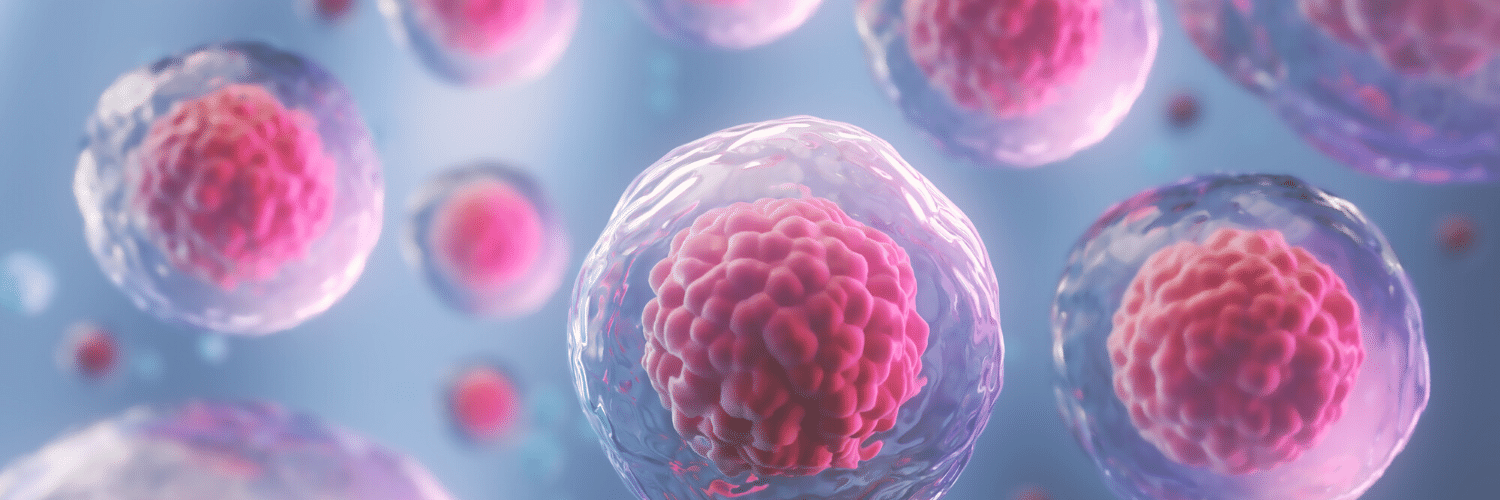
The answer is complex because stem cells are being used in different ways by reconstructive surgeons to accomplish breast reconstruction. Here is what we do at PRMA.
Our initial, or first stage, breast reconstruction is accomplished with an autologous tissue reconstruction, typically a DIEP flap. This is the ultimate fat and stem cell transplant; a large block of tissue from the lower abdomen is transplanted to the chest wall to provide the bulk of the volume of the reconstructed breast.
Then, at a second stage, we supplement the DIEP (or other autologous tissue) with autologous fat grafting; the autologous fat graft contains stem cells. The autologous fat graft helps us correct areas of asymmetry and may be of help in correcting volume differences between reconstructed breasts or between the reconstructed and native breasts.
We do not do breast reconstruction with fat grafting and stem cells alone. We feel that at the present time and for a variety of reasons this is not a practical way to perform a breast reconstruction. We are well-aware that there are several plastic surgeons in the United States (and some in Europe) that perform the reconstruction exclusively with fat grafting. Building a breast entirely out of fat graft (and stem cells) requires multiple procedures. In our geographic area fat grafting is not covered by the vast majority of insurance carriers. Optimal results may depend upon pre-treatment with the BRAVA device; getting patients to wear this vacuum bra device has been a tough sell in our hot climate (in 2011 there were something like 64 days over 100 degrees from June through September).
So, we do in fact use fat grafting and stem cells to do breast reconstruction. The fat graft and stem cells play an important, but adjunctive, role.
I hope you find this information useful.
Author: Dr. Steven Pisano
We do not do breast reconstruction with fat grafting and stem cells alone. We feel that at the present time and for a variety of reasons this is not a practical way to perform a breast reconstruction.
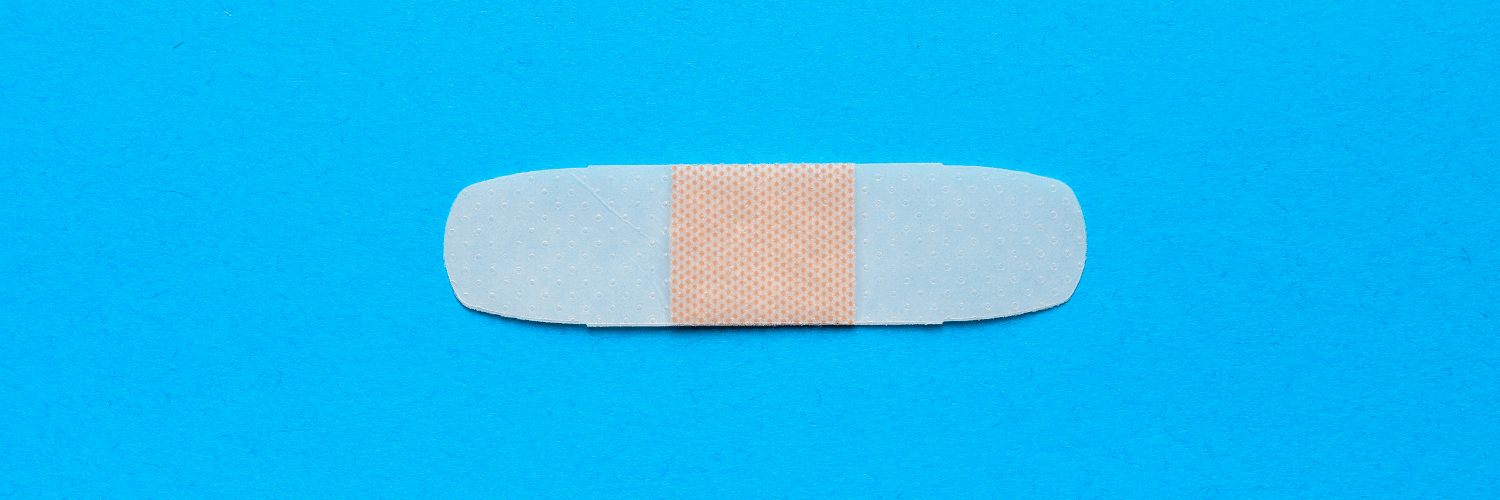
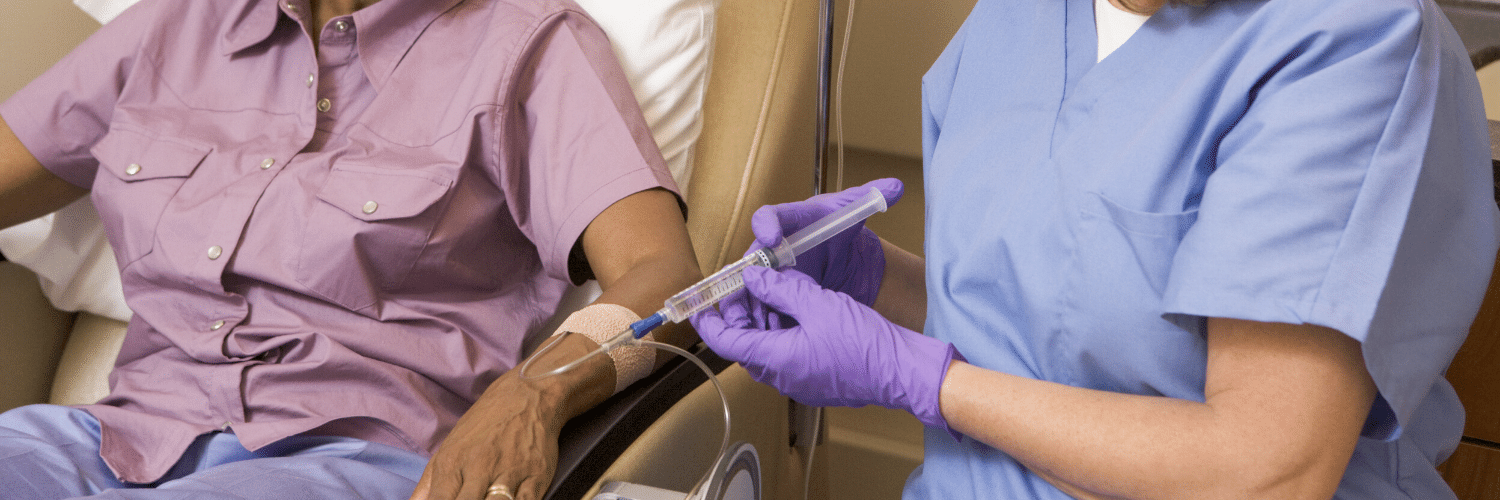




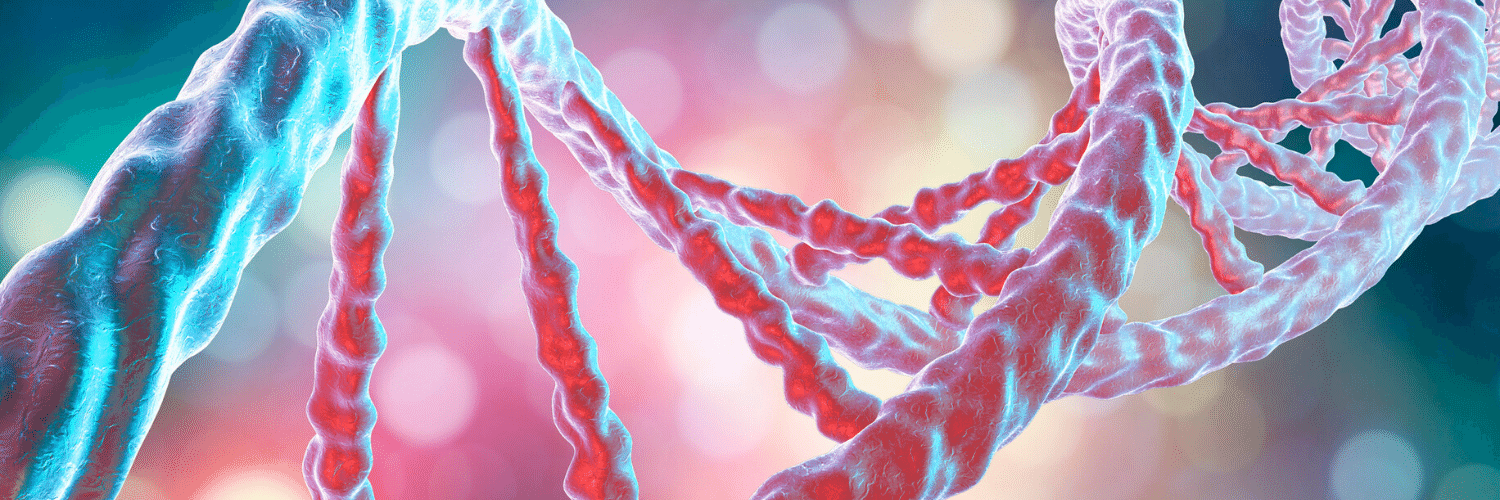
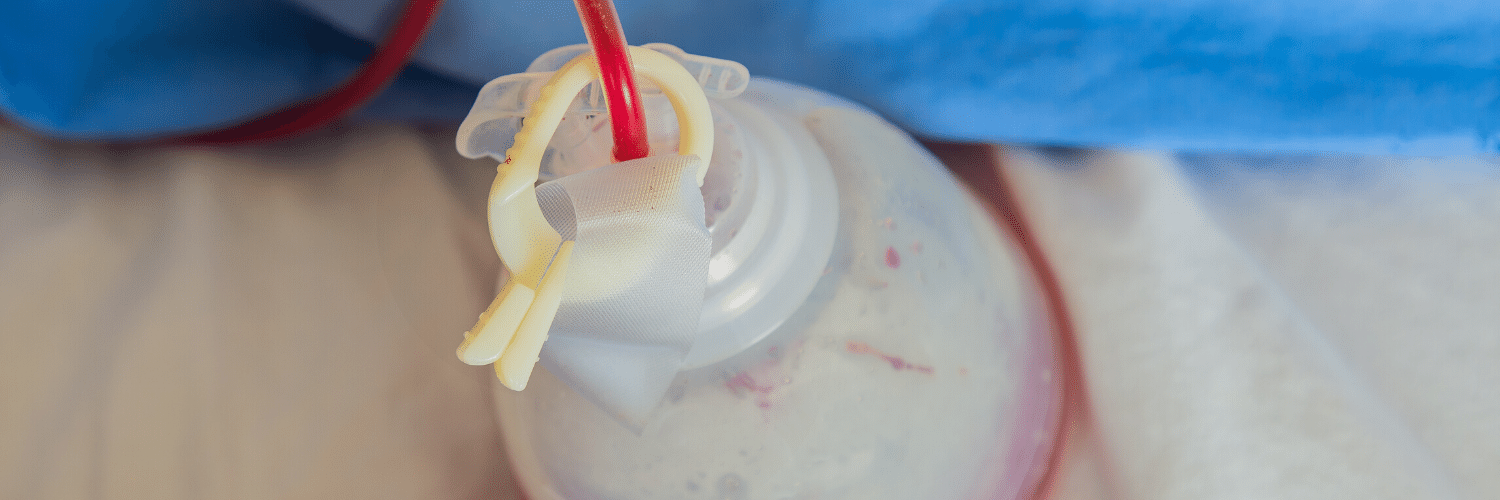
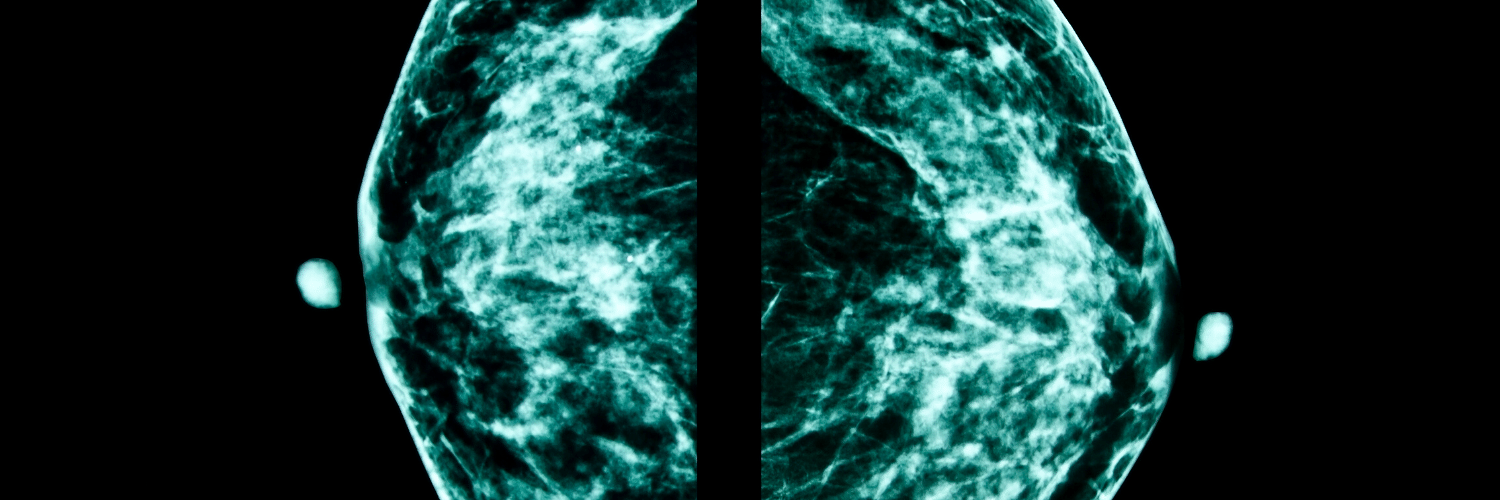
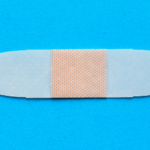
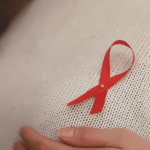
No Comments